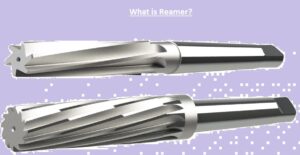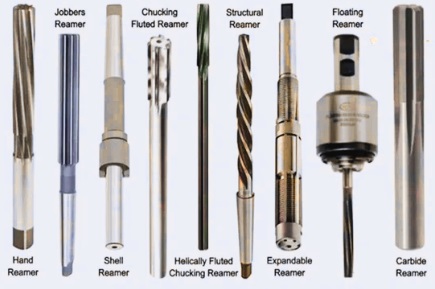Reaming is a manufacturing process that is used in industries for getting the required size and finishing bored holes. For this purpose reamer tools are used, which are rotary, accurate cutting tools that help to increase hole size with high accuracy and make accurate diameters through smooth finishing for getting required drilling.
Reamer tools help to provide effective removal of materials and provide a smooth finish. In this tutorial we will cover details for reamer tools and practical uses.
What is a reamer?
- The reamer is a rotatory cutting tool that is used for metalworking. Precise reamers are made for increasing the size of an already made hole with high accuracy for making smooth sides.
- Precise reams exist that are used for increasing hole size. The process used for increasing hole size is called reaming.
- Reamers come in different sizes, and they are used for hand tools and machine tools, for example, milling machines.
Definition of “reaming”?
- Reaming is a cutting process that used for increasing hole diameter with high accuracy and providing smooth finishing of hole walls.
- Reaming tools called reamers. This process is a finishing process and does not cut materials like boring or drilling.
- Hole reamer work at accurate half RPM of drilling for working component machining.

